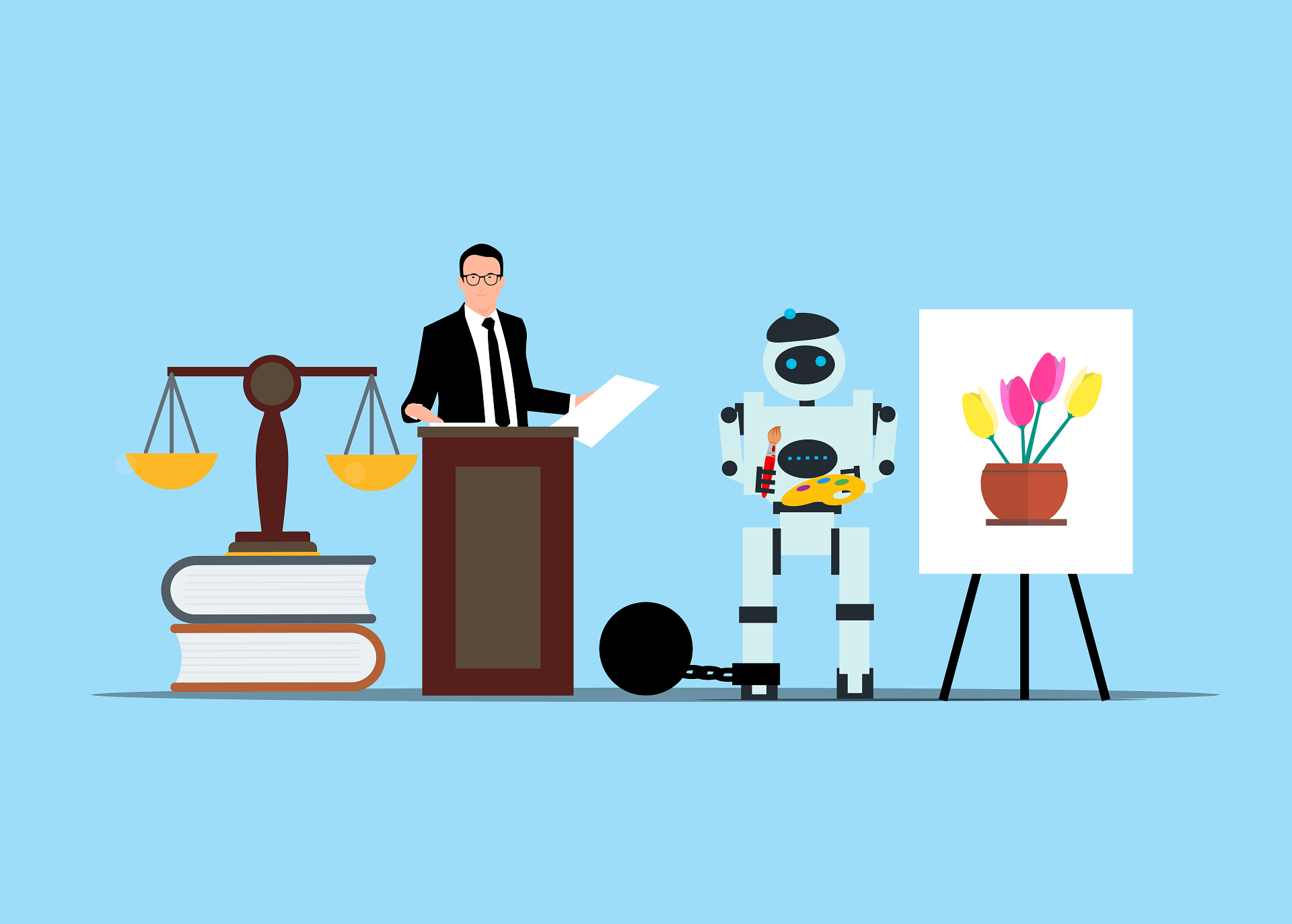
LLM – The Dunning-Kruger Effect in Silicon
The Dunning-Kruger effect, that cognitive bias wherein individuals with limited knowledge overestimate their competence, has found its most sophisticated manifestation not in human psychology, but in the neural architectures of large language models. These systems, constructed from billions of parameters and trained on humanity’s digital corpus, exhibit a peculiar form of artificial overconfidence that mirrors – and perhaps amplifies – our own epistemic blind spots.
The Architecture of Artificial Overconfidence
Large language models operate through transformer architectures that excel at pattern recognition and statistical prediction. When GPT-4 processes the prompt “Explain quantum entanglement,” it doesn’t access a physics textbook or consult experimental data. Instead, it generates tokens based on probabilistic relationships learned during training, producing text that statistically resembles authoritative explanations without any underlying comprehension of quantum mechanics.
This process creates what we might call “confident incompetence” – responses delivered with the stylistic markers of expertise but potentially divorced from factual accuracy. The model’s attention mechanisms and layer normalizations ensure consistent, human-like confidence levels across all domains, regardless of the actual reliability of its training data or the complexity of the subject matter.
The parallel to human cognition is striking: just as Dunning and Kruger’s original 1999 study found that participants scoring in the bottom quartile estimated their performance at the 62nd percentile while actually performing at the 12th percentile, LLMs exhibit systematic overestimation of their response quality. The “dual-burden” account applies remarkably well to artificial systems – they lack both the skill to perform correctly and the metacognitive ability to recognize their deficiency.
The Illusion of Universal Competence
Unlike human experts who typically acknowledge the boundaries of their knowledge, LLMs exhibit uniform confidence across wildly disparate fields. A model trained on internet text will generate medical advice with the same apparent certainty as it discusses medieval history or quantum physics. This occurs because the model’s loss function optimizes for linguistic coherence and statistical plausibility, not for epistemic humility or domain-specific accuracy.
The technical mechanism underlying this phenomenon involves the model’s inability to distinguish between well-established facts and speculative claims within its training corpus. When web scrapers ingest both peer-reviewed research and forum discussions, both conspiracy theories and scientific consensus, the resulting model weights encode all information with similar statistical significance. The transformer’s self-attention mechanism then processes queries about climate science and flat-earth theories with identical computational confidence.
Emergent Behaviors and False Expertise
As models scale beyond certain parameter thresholds – the mysterious realm where emergent capabilities appear – they begin exhibiting behaviors that superficially resemble deep understanding. A sufficiently large model might solve complex mathematical proofs, write sophisticated code, or engage in nuanced philosophical discussions. Yet beneath this impressive surface lies the same pattern-matching machinery, now operating at sufficient scale to produce convincing simulations of expertise.
This scaling phenomenon creates particularly dangerous manifestations of the Dunning-Kruger effect. Where smaller models might produce obviously flawed outputs, larger models generate subtly incorrect responses that require genuine expertise to identify as problematic. A model might produce a biochemical explanation that follows all the right linguistic patterns, uses appropriate technical terminology, and maintains internal logical consistency while being fundamentally wrong about molecular mechanisms.
The progression mirrors the human competence hierarchy described in psychological research: unconscious incompetence (small models producing obviously wrong answers), conscious incompetence (models that hedge appropriately), conscious competence (larger models that perform well but require careful oversight), and the illusion of unconscious competence (where the largest models appear so fluent that users assume genuine understanding). However, unlike human experts who eventually develop true unconscious competence, even the most sophisticated LLMs remain trapped in the simulation of expertise without ever achieving genuine understanding.
The Metacognitive Deficit
Human victims of Dunning-Kruger suffer from metacognitive deficits – they lack the knowledge necessary to recognize their own ignorance. As David Dunning himself observed, “Not knowing the scope of your own ignorance is part of the human condition. The problem with it is we see it in other people, and we don’t see it in ourselves.” LLMs exhibit a parallel limitation: they cannot assess their own uncertainty because they lack any coherent model of what they don’t know.
The “dual-burden” account applies with remarkable precision to artificial systems. Just as incompetent humans are burdened both by their lack of skill and by their inability to recognize this deficiency, LLMs suffer from both statistical incompetence (generating outputs based on pattern-matching rather than understanding) and metacognitive incompetence (inability to assess the quality of their own outputs). The probabilistic nature of token generation means models can express apparent confidence through statistical certainty while remaining epistemically groundless.
Consider how modern LLMs handle uncertainty quantification. When asked about contested historical events or cutting-edge scientific research, they might hedge with phrases like “some researchers suggest” or “it’s generally believed that,” but these hedges emerge from training data patterns rather than genuine uncertainty assessment. The model has learned the linguistic markers of intellectual humility without developing actual epistemic modesty – a perfect manifestation of what researchers call the inability to distinguish between competence and incompetence.
Amplification Effects in Human-AI Systems
The most concerning aspect of AI-mediated Dunning-Kruger effects occurs when humans, themselves subject to cognitive biases, interact with overconfident AI systems. Users with limited domain expertise cannot effectively evaluate AI-generated content, creating a feedback loop where artificial overconfidence reinforces human overconfidence. A business executive might use LLM-generated analysis to make strategic decisions, unaware that the model’s confident predictions rest on pattern-matching rather than causal understanding of market dynamics.
This amplification effect is particularly pronounced in technical domains where verification requires specialized knowledge. When an AI system confidently explains complex engineering concepts or medical procedures, non-experts lack the background necessary to identify subtle errors or oversimplifications. The result is a cascade of misplaced confidence flowing from artificial to human cognition.
Technical Mitigations and Their Limitations
Current approaches to addressing AI overconfidence include uncertainty quantification techniques, ensemble methods, and constitutional AI training. These mirror interventions used for human overconfidence: just as providing feedback and training in logical reasoning helps humans make more accurate self-assessments, technical calibration methods attempt to align AI confidence with actual performance.
Uncertainty quantification attempts to calibrate model confidence scores with actual accuracy, often using temperature scaling – a technique that adjusts the “temperature” parameter to spread probability distributions more appropriately. However, these solutions face the same fundamental constraints identified in human research: they require extensive calibration datasets and may not generalize across domains, just as human self-assessment training often fails to transfer between different skill areas.
Ensemble methods aggregate multiple model outputs to identify areas of disagreement, but this approach increases computational costs exponentially while potentially averaging away correct but confident predictions. Constitutional training, meanwhile, must balance epistemic humility against user expectations for definitive answers – a challenge that mirrors the practical limitations observed in human overconfidence research.
The rational model explanation suggests another approach: since overconfidence stems from overly positive prior beliefs about one’s skills, AI systems could be trained with more realistic priors about their capabilities. However, this faces the same practical limitations identified in human studies: such systems might become less useful even as they become more accurate about their limitations.
The Paradox of Useful Overconfidence
Ironically, the Dunning-Kruger effect in LLMs serves important functional purposes, much like overconfidence does in human cognition. Users prefer confident, decisive responses over heavily hedged, uncertain outputs. A medical AI that constantly expresses uncertainty about diagnoses, while perhaps more epistemically honest, might prove less clinically useful than one that provides clear recommendations based on pattern recognition.
This reflects deeper questions about the role of confidence in human expertise. Emergency room physicians, military commanders, and engineering project managers must make critical decisions with incomplete information, drawing on pattern recognition and heuristic reasoning not unlike LLM processing. As Dunning himself noted, overconfidence may be beneficial in execution phases by increasing motivation and energy, though detrimental in planning phases where accurate risk assessment matters.
The historical wisdom embedded in this paradox extends back centuries. Charles Darwin observed that “ignorance more frequently begets confidence than does knowledge,” while Bertrand Russell noted that “in the modern world the stupid are cocksure while the intelligent are full of doubt.” Yet these same patterns of confidence-despite-ignorance may serve adaptive functions in both human and artificial systems, enabling decisive action in the face of fundamental uncertainty.
The challenge becomes whether artificial overconfidence represents a bug to eliminate or a feature to calibrate – a useful approximation of expert intuition rather than a cognitive bias to overcome. Perhaps the goal isn’t to eliminate AI overconfidence but to channel it appropriately, matching confidence levels to task requirements and user needs while maintaining transparency about underlying limitations.
Future Implications
As LLMs become increasingly integrated into decision-making processes across society, understanding their overconfidence patterns becomes crucial for maintaining epistemic hygiene in human-AI systems. The challenge extends beyond technical improvements to encompass education, interface design, and institutional frameworks that can help users appropriately calibrate their trust in AI-generated content.
The Dunning-Kruger effect in silicon reveals something profound about the nature of intelligence itself. These systems demonstrate that sophisticated reasoning and communication can emerge from statistical pattern-matching without true understanding. Yet their overconfidence serves as a mirror, reflecting our own tendency to mistake fluent expression for genuine expertise.
Perhaps the greatest lesson lies not in eliminating artificial overconfidence, but in recognizing how it illuminates the fragility of human knowledge. In creating systems that confidently discuss topics they cannot truly understand, we have built magnificent mirrors of our own cognitive limitations – silicon-based reminders that confidence and competence exist in more complex relationships than our intuitions suggest.

Founder and Managing Partner of Skarbiec Law Firm, recognized by Dziennik Gazeta Prawna as one of the best tax advisory firms in Poland (2023, 2024). Legal advisor with 19 years of experience, serving Forbes-listed entrepreneurs and innovative start-ups. One of the most frequently quoted experts on commercial and tax law in the Polish media, regularly publishing in Rzeczpospolita, Gazeta Wyborcza, and Dziennik Gazeta Prawna. Author of the publication “AI Decoding Satoshi Nakamoto. Artificial Intelligence on the Trail of Bitcoin’s Creator” and co-author of the award-winning book “Bezpieczeństwo współczesnej firmy” (Security of a Modern Company). LinkedIn profile: 18 500 followers, 4 million views per year. Awards: 4-time winner of the European Medal, Golden Statuette of the Polish Business Leader, title of “International Tax Planning Law Firm of the Year in Poland.” He specializes in strategic legal consulting, tax planning, and crisis management for business.



